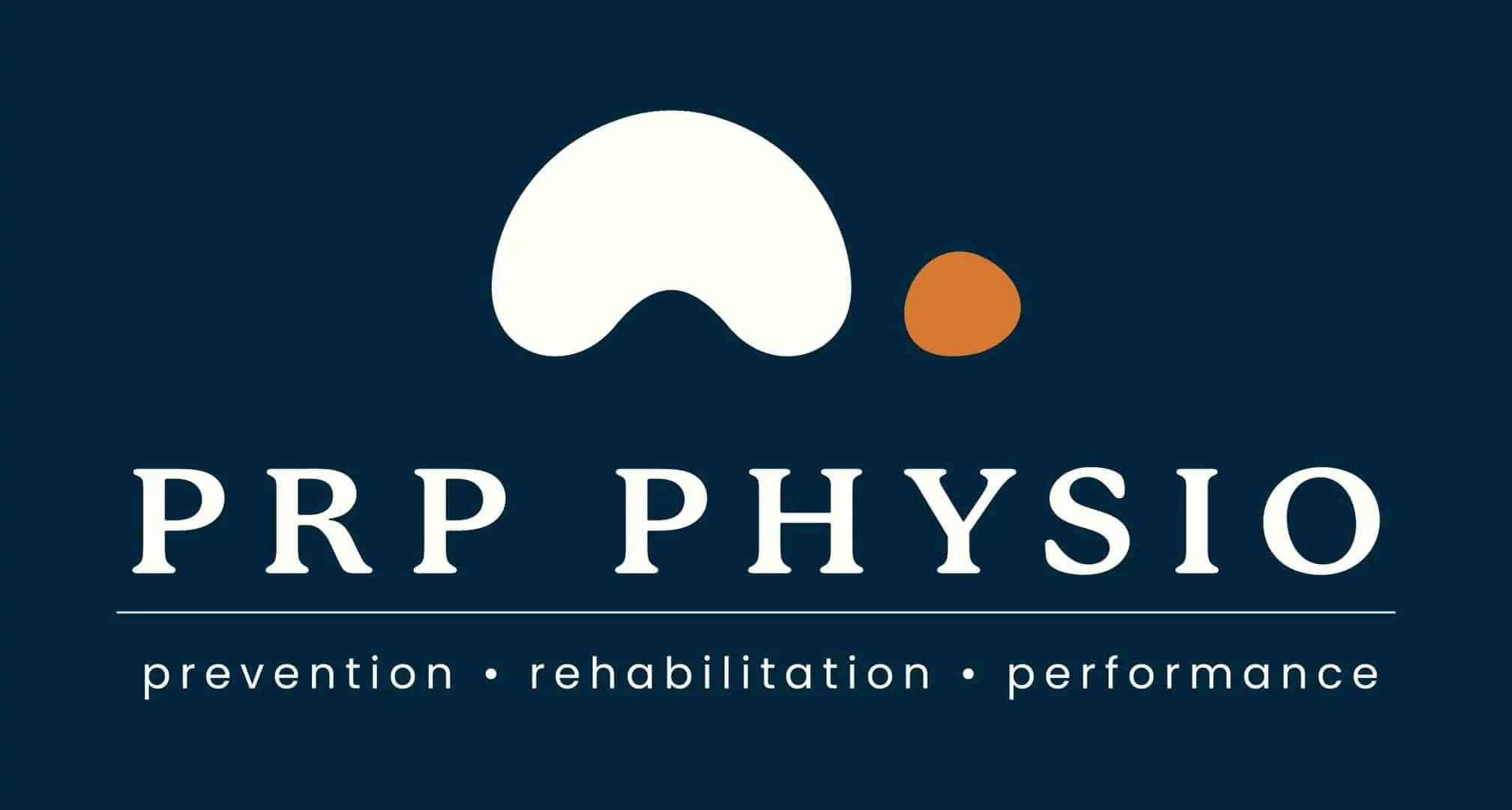Spinal pain is one of the most common presentations to GP’s and physiotherapists worldwide. There are growing numbers of people experiencing persistent pain. With more and more people working from home, changes in desks and working environments may place extra strain on the neck if the optimal setup for workplace ergonomics isn’t achieved.
Unfortunately presentations such as acute onset low back pain, neck pain and shoulder pain, and mid back pain and stiffness are all too common to physiotherapists. Optimising the physiotherapy treatment and rehabilitation of these presentations is a key component of a physiotherapists skillset. Early management and hands on physiotherapy is key in a lot of these presentations.

Common Presentations of Spinal and Spine Related Pain
- Discogenic low back pain
- Rib sprains
- Joint related lower back pain
- SIJ pain
- Whiplash
- Headaches
- Sciatica
- Lumbar stress fractures
- Scheuermann’s Disease
- Scoliosis
- Compression fracture
- Pars defect
- Postural related back/neck pain
- Upper limb nerve referral
- Cervical discogenic pain
- Cervical joint related pain
Common Physiotherapy Management Techniques
Spinal related pain required a precise subjective assessment to determine the history and mechanism of onset prior to a thorough objective assessment involving a hands on assessment. A hands on assessment is integral to understand the reaction of the muscles to the pain, often clients will present with spasm of the overlying muscles in order to protect the aggravated tissues. Secondly, an understanding of the joint mobility is integral. Assessing the stiffness and potential irritability of each spinal segment allows us to understand where the symptoms are likely stemming from, and which areas may be compensating to reduce load to that area.
It is important to also understand that given the large number of potential diagnoses in such a small area, in some acute cases it may be difficult to provide a definitive diagnosis. We will be able to provide a pathway of management to reduce the irritability so that in further appointments we will be able to provide a more clear clinical diagnosis for you.
Hands on techniques such as massage and joint mobilisations are the two most commonly utilised techniques for the management of spinal related pain. Our physiotherapists are trained in expertly applying these techniques to provide you with the best treatment effect we can.
As with all other presentations to physiotherapy, you will be prescribed a home exercise program to perform. In the acute phases this may only involve some simple stretches and mobility exercises, but as you progress throughout rehabilitation, this will begin to include strengthening, endurance, and motor control exercises to reduce your risk of recurrence.
Continuing an ongoing management program for your back may be recommended, particularly if you have a history of recurrent symptoms. This often doesn’t need to be completed as often as you did during your rehabilitation time. Most clients we see have positive responses with performing an ongoing management program 2-3x weekly along with their other regular exercise program.

